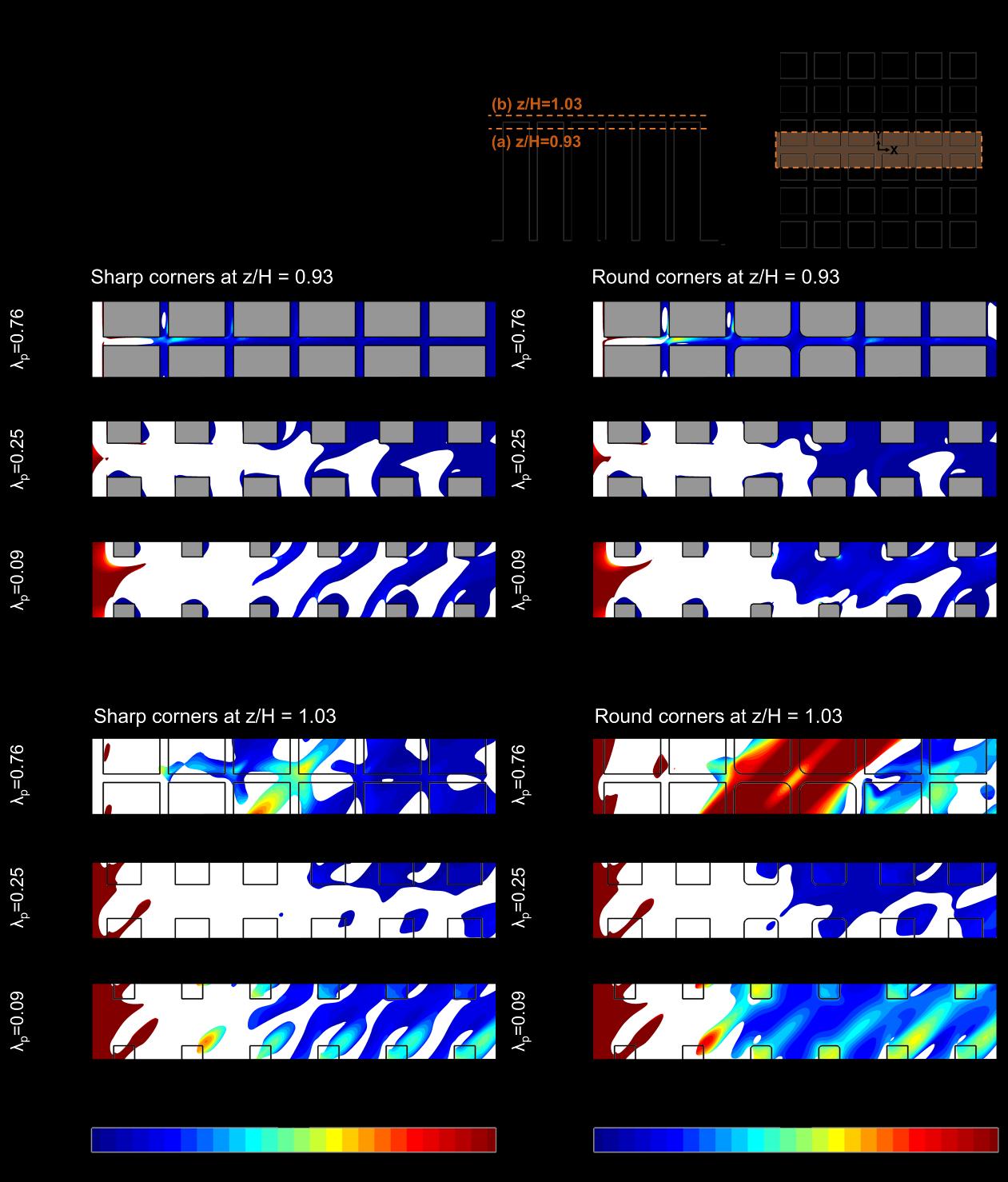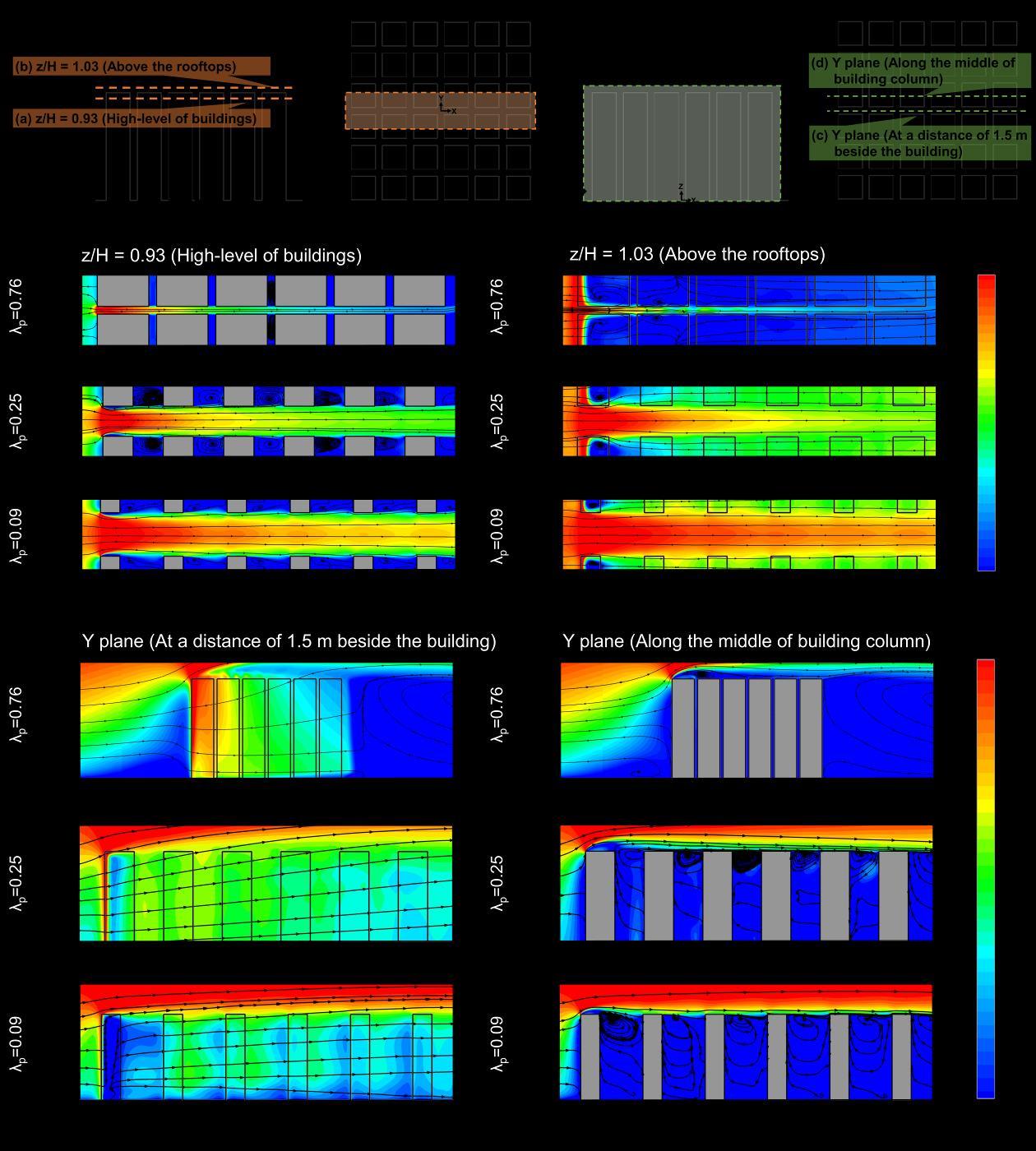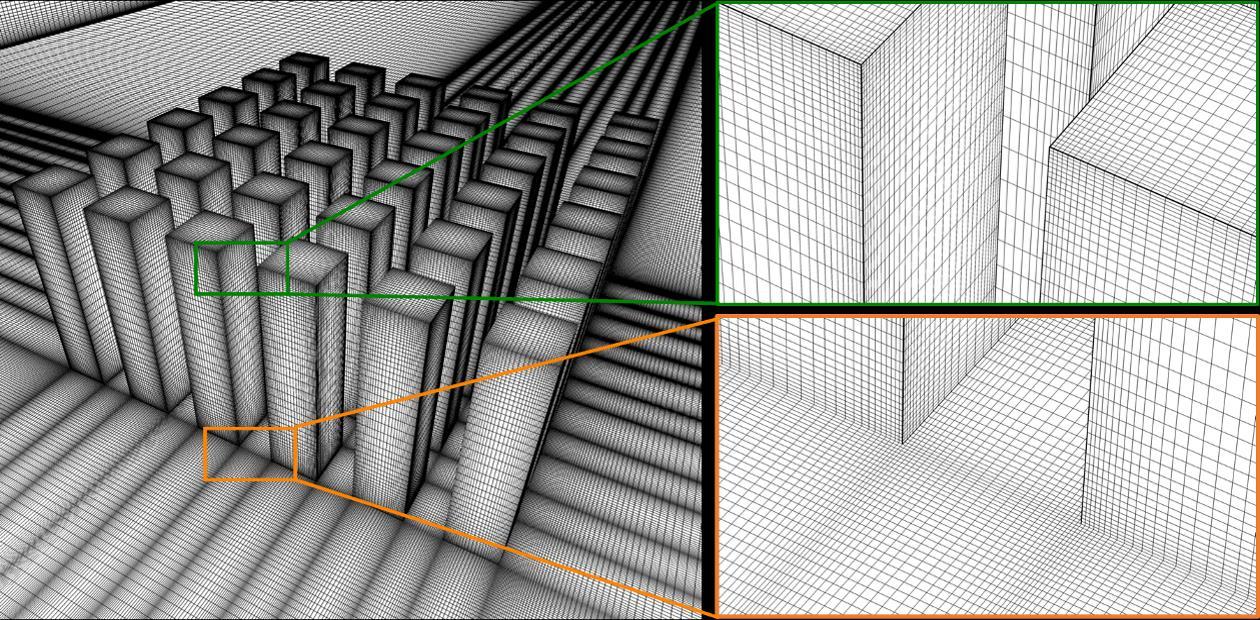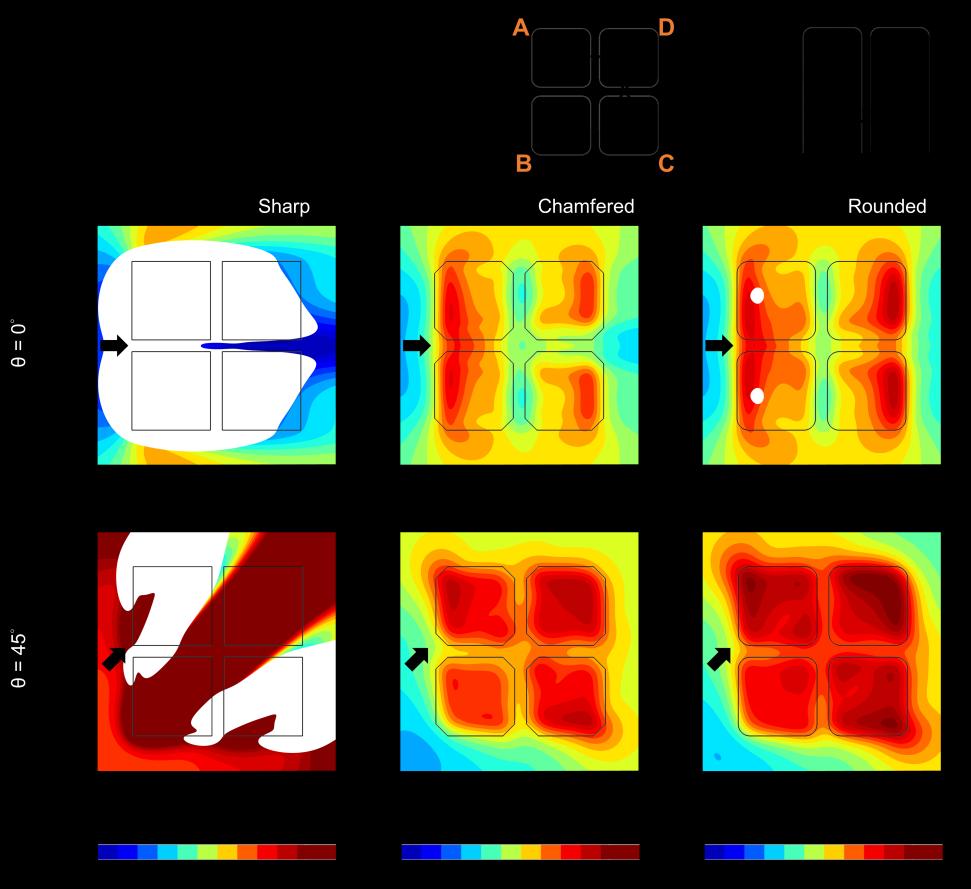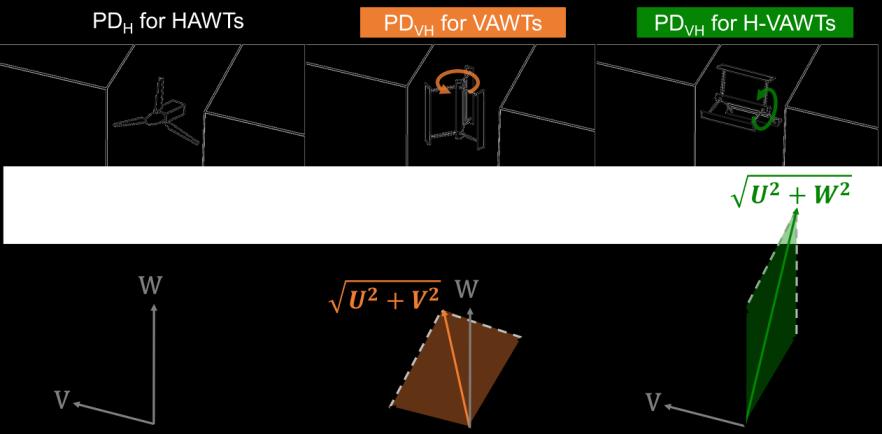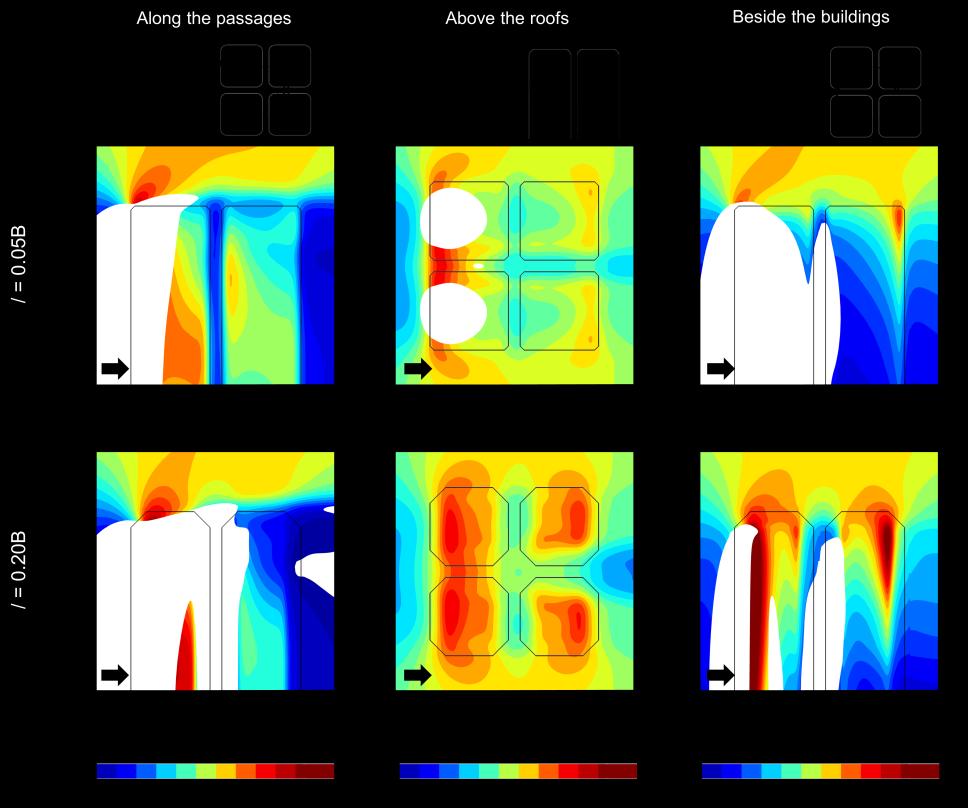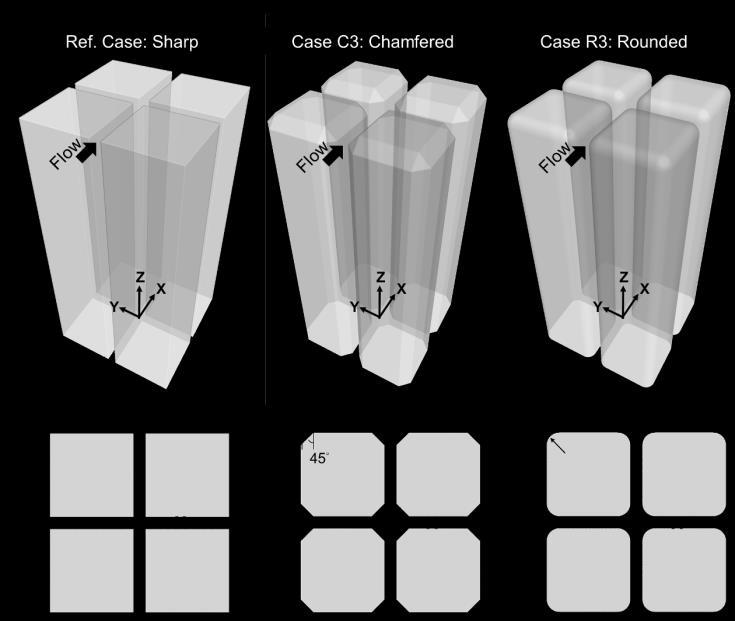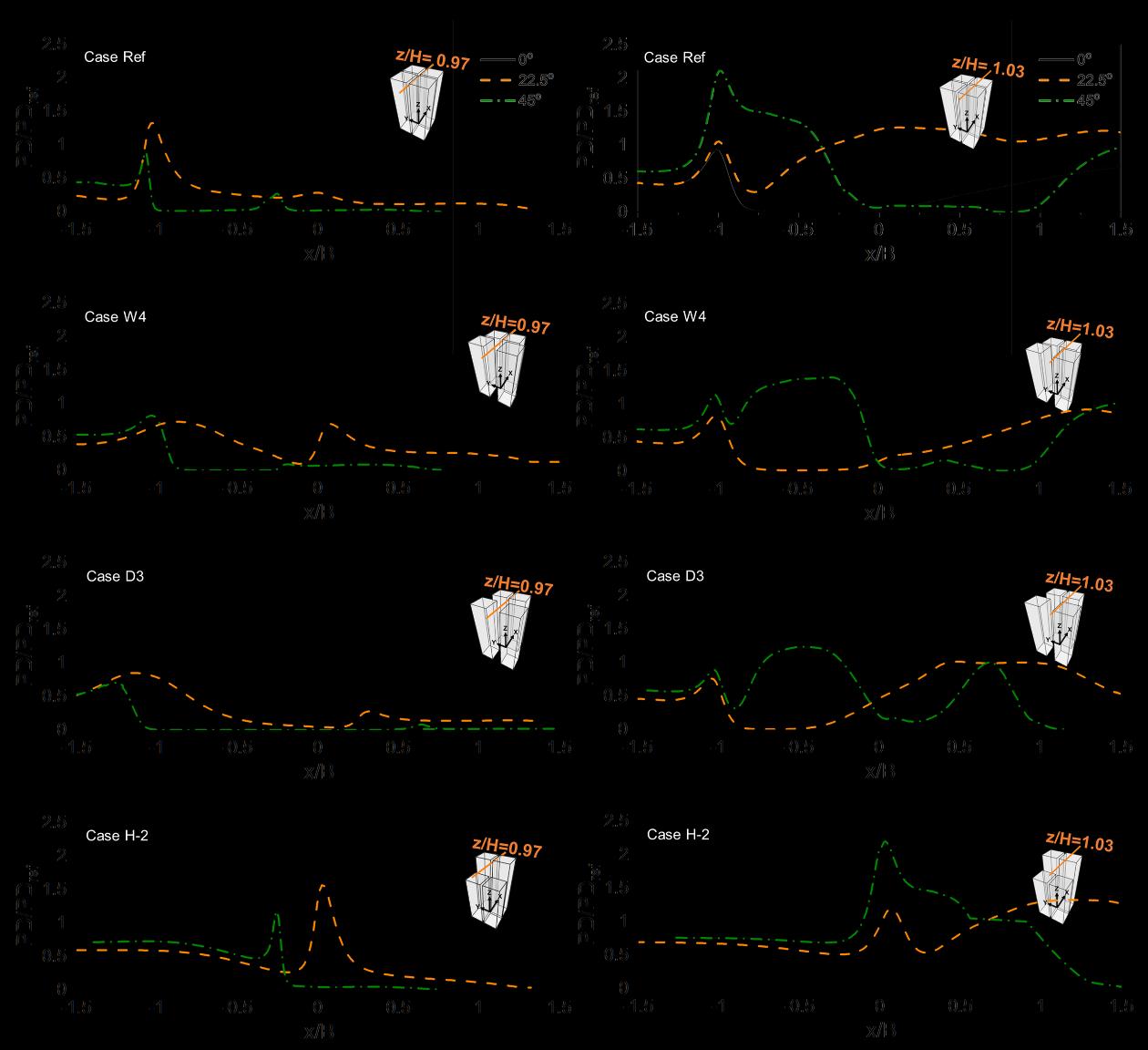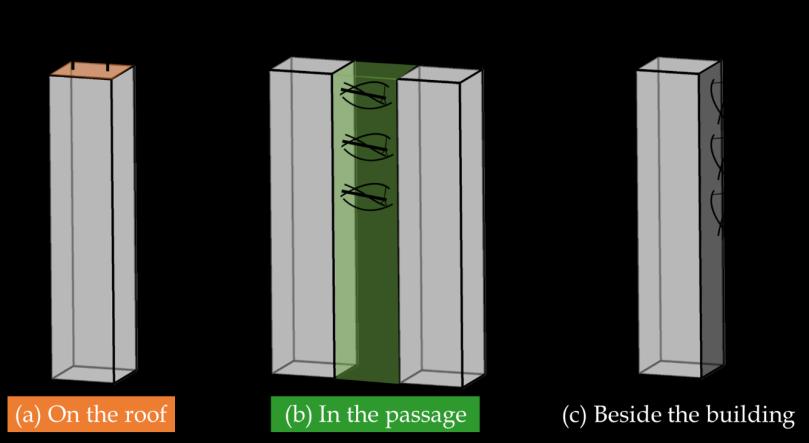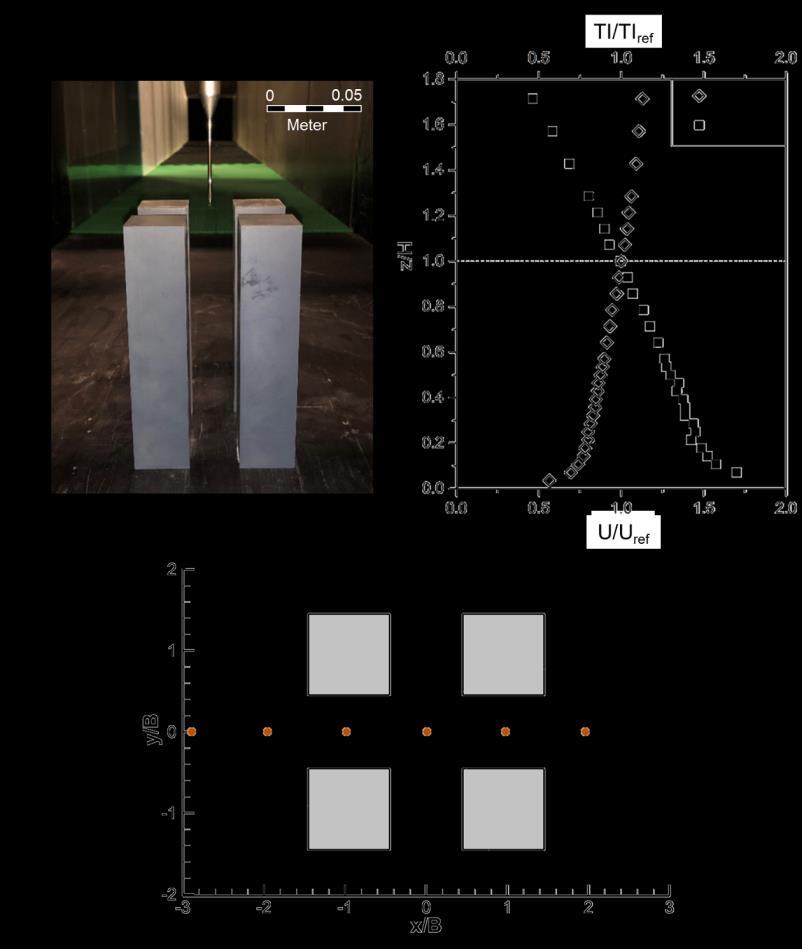4
Urban wind energy potential: Impacts of urban density and layout This chapter has been published as a peer-reviewed article in a scientific journal:
Impacts of urban morphology on improving urban wind energy potential for generic high-rise building arrays Juan, Y.H., Wen, C.Y., Li, Z.T., Yang, A.S., Applied Energy 229 (2021) 117303 Abstract: Previous findings have indicated better performance attained by modified urban morphologies for wind energy utilization only in single and pair buildings, or medium-dense low-rise building arrays. Hence, the main purpose of this study is to address the research gaps to complete a fundamental understanding of the influences of urban morphology in compact high-rise urban areas on enhancing urban wind energy harvesting for sustainable urban development. A comprehensive parametric study is conducted using the computational fluid dynamics tool to analyze the impacts of urban morphologies on the wind energy potential for a 6 × 6 array of generic high-rise buildings, including (i) urban density altered from compact to sparse urban layouts, (ii) building corner shapes of sharp and rounded corners, (iii) urban layouts of in-line and staggered patterns, and (iv) wind directions of 0° and 45°. This investigation implements the three-dimensional steady Reynolds-averaged Navier-Stokes equations with the Reynolds stress model to explore the distributions of wind speed, power density, and turbulence intensity over the building array. The results indicate that decreasing urban plan area density reduces the unacceptable turbulence areas with relatively higher wind power density on the roof. Besides, round corners can produce elevated power densities up to 201% greater than sharp corners beside the building. Even under the oblique wind direction of 45°, the rounded corner still shows better wind energy potentials than the sharp corner. The in-line urban layout demonstrates more significant areas with higher power densities and low turbulence intensities than the staggered urban layout. Keywords: Urban wind energy; Urban Morphology; Compact city; High-rise building; Urban density; Aerodynamic modification. Nomenclature ABL B CFD
Atmospheric boundary layer Building length Computational fluid dynamics


